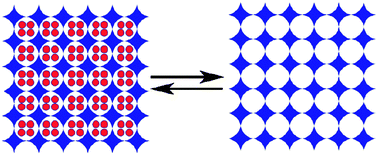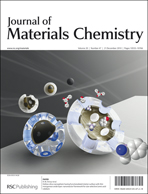Nanoporous molecular crystals
Abstract
Nanoporous Molecular Crystals (NMCs) are nanoporous materials composed of discrete molecules between which there are only non-covalent interactions—i.e. they do not possess an extended framework composed of covalent or coordination bonds. They are formed from removing guest molecules from


 Please wait while we load your content...
Please wait while we load your content...